This is an article about how to create your own dirt bike track.
Having your very own dirt bike track is something that lots of dirt bike riders dream of. Somewhere that they can ride whenever they wish with nobody else on the track. You can also build whatever type of track you want. If it’s close by its an added bonus as you can use that dirt bike track to practice on.
You don’t need a ton of acres to build a track but you need enough to be able to get around but make sure you have enough space and its not in an area where you will have issues with noise ordinance laws.
You have a couple of different types of dirt bike tracks that you can build.
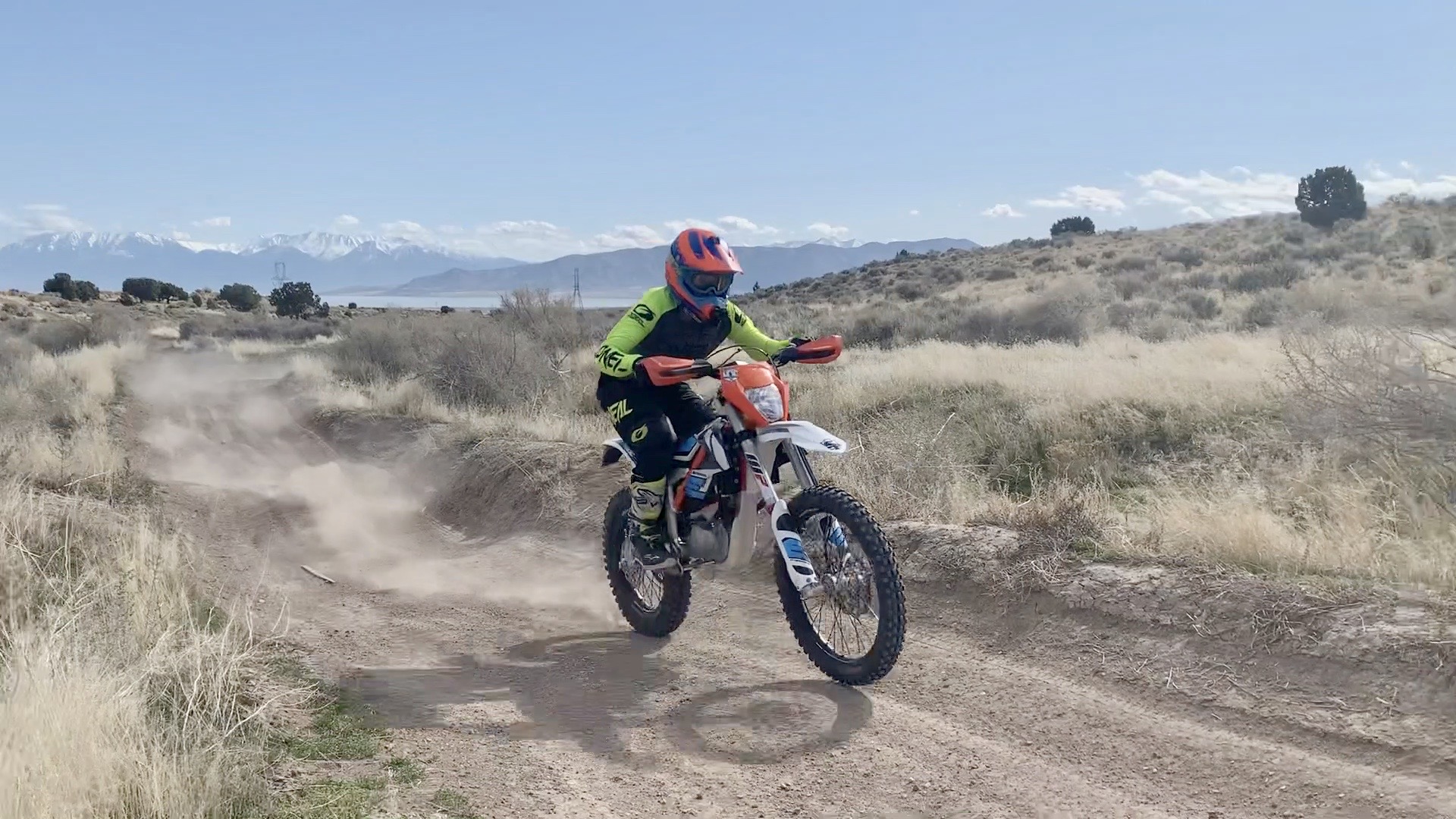
Table of Contents
Types of Dirt Bike Tracks
When building a dirt bike track you need to first ask yourself what type of dirt bike riding do you want to do. You can build a motocross track, supercross track, hard enduro track, or just a single track.
Dirt Bike Tracks
- Motocross
- Supercross
- Endurocross
- Single Track
Typically people want to build a small motocross track with corners and jumps. Supercross tracks are really tight corners and really big jumps. Endurocross tracks have jumps but are made from obstacles like tires, logs, and rocks. A single track is just a nice flowly single line that you can ride around your property.
How much land do I need to build my own dirt bike track?
The answer to that question is that it depends. Now I am recommending what I would consider the ideal amount of acres to build your track. That doesn’t mean that you can’t build your own dirt bike track on a smaller piece of ground it just means its not as fun and probably not as safe.
Motocross \ Supercross Track
Building a motocross track for a full-sized dirt bike requires enough room to build jumps and corners. For a motocross track, I recommend finding a place with .75 acres or more. Same thing for a Supercross track.
Endurocross Track
With an enduro cross-track, your speeds generally are slower and the goal is to get over hard obstacles. For your own enduro cross-track, I would say that .5 acres are probably the starting point.
Single Track
Building a single track on your own property I would say that .75 acres is the smallest I would go. The reason is you want to make sure you have enough room to have fun and be on the gas if you know what I mean.
Can you build a dirt bike track on a smaller lot than what I mentioned above?
Yes.
The goal is to have enough room to have fun and be safe but you can put a small turn track or oval in a pretty small area. Its really up to you to decide.
The dream would to have enough land to do whatever you need and you could build all the different dirt bike tracks you could dream up.
Personally I think 20 acres is the perfect amount to build a dirt bike track on. Its big enough to spread out when it gets dusty and its not too big to manage yourself.

Map out where you want to lay down the dirt bike track
I am sure that you are excited to get building and moving dirt but you can save yourself a TON of time by walking and staking out your dirt bike track. I also like to go on Google Earth, take a picture of the ground, and draw out the different options before I even start. This gives me a good idea of where to build corners, jumps, and rhythm sections.
Walk the layout of your dirt bike track first
Once you walk the track I would also recommend riding the dirt bike track a bunch as walking is not the same as riding a dirt bike. I have built corners in places without riding a bike and come to find out the angle was completely off and I had to re-do my work.
Make sure your corners allow for proper dirt bike turns
Having proper working corners allow for a MUCH better flow and makes your track safer. Make sure that you build up the berms to allow for proper acceleration for turns into jumps.
Then ride the layout of your track before building it
Also, when walking the track you can see natural ups and downs which can save you time when you want to build a jump or feature on the track.
Make sure your dirt bike track is safe
Start at one end and work your way down the dirt bike track. Don’t get ahead of yourself.
I also like to ride the section first to make sure it works. I also highly recommend that if you are just getting started don’t build any big double jumps. Make all the jumps into tabletops. You can always build harder jump sections as your skills improve.
Also once done with a section, I like to water the dirt to keep things packed down.

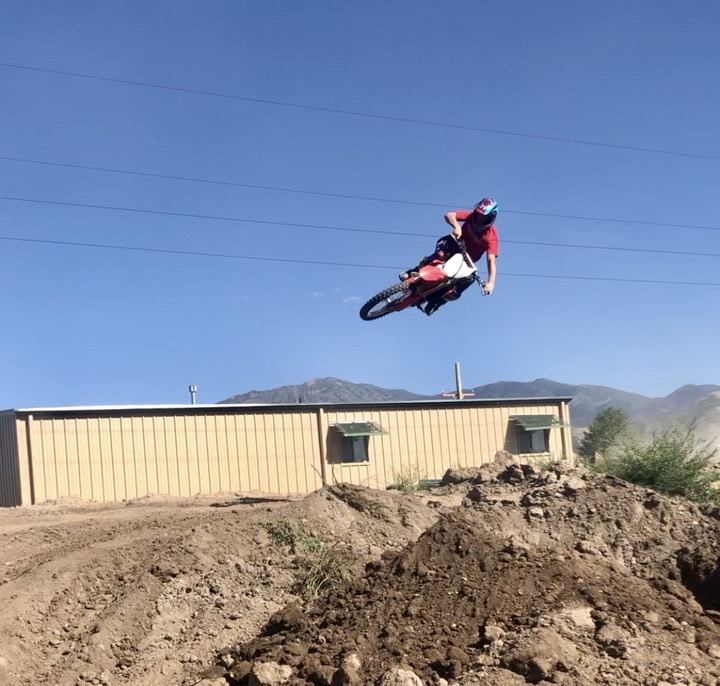
What equipment do I need to build my own dirt bike track?
I have personally spent a lot of time shoveling jumps and berms. I will tell you right now it’s not as fun as it seems. If you have your own place to build a dirt bike track, I would recommend that you bring in some equipment to help you build a dirt bike track. If you are just building a dirt bike single track on your property you might not need heavy equipment and a shovel, clippers, and a chainsaw will do the trick.
Dirt Bike Track Equipment
- Farm Tractor with Front Loader
- Backhoe
- Excavator
- Bull Dozer
- Skid Steer
- Shovel
Having spent considerable time in a farm tractor, backhoe, skid steer, and excavator. You are going to find that there are pros and cons to each piece of equipment that you need to think about. However, any of these options are way better than a hand shovel!
FARM TRACTOR
Pros:
- Front loader
- PTO for lots of different implements
- Some come with BackHoe
- 4×4 on some models
- Can borrow it from your grandpa
Cons:
- Loader can’t dig in hard dirt
- Can be too small or too big
- Can’t turn in tight spaces
Having a front loader is really nice for shaping jumps and piling dirt up really fast. A front loader on a farm tractor is good and scraping up dirt to move around a bit it’s actually harder to dig in hard or rocky dirt. Sometimes you have farm tractors that have a front loader and a rear hoe as well.
However, they are usually smaller and cannot move as much dirt and power out when trying to dig in really hard dirt. Being small can be an advantage and the ability to hook up different tractor implements via the PTO is also an advantage. You have scrapers, tillers, and rakes that help level and smooth out the dirt on your track.
BACKHOE
Pros:
- Front loader and Hoe
- Built for digging
- 4×4 on some models
- Hydrostatic transmission
Cons:
- Too big
- Expensive to rent
- Can’t turn in tight spaces
A backhoe is a great do-it machine for track building because of the loader and the hoe. You can park and use the hoe to dig and build the terrain as needed. Typically a backhoe is rather large and can’t fit in small places as well. They are also pretty expensive to rent and because of the size, they are hard to haul around.
Backhoes come with better more powerful motors as they are used mostly by the professional trade. They are easy to run and operate and most come with a hydrostatic transmission. Having a large bucket is nice to move and pile the dirt around when building tabletops and berms for your track.
I would say that the Backhoe is a better option than a farm tractor.
EXCAVATOR
Pros:
- Built for digging holes
- 360 rotation
- tracks
- Work in tight spaces
- All different sizes for you to rent
- Front dirt leveling blade
Cons:
- No front loader
- Slow to move around
Excavator is the best for if you need to really dig out the dirt. Having the ability to rotate 360 and dig is also a HUGE plus. Having a tracked machine means that you have better floatation and do not get stuck as much.
You can also work in areas that other machines cannot because you can stay in one spot and move dirt around. This saves a TON of time. A tractor you have to back and turn around. If you are moving large amounts of dirt to build jumps or berms only having a hoe and not a loader means it takes longer to move dirt around.
You can rent small excavators for a reasonable daily or weekly price. They are also smaller which means you can pull them with your pickup truck and do not need a big semi to pull it around.
BULLDOZER
Pros:
- Best for pushing dirt
- 360 rotation
- tracks
- Work in tight spaces
- Leveling
Cons:
- Slow
- Big
- Expensive to rent
- Hard to transport
- Moving dirt is not as effective as a front loader
A bulldozer is probably the best at building tabletops and jumps. The ability to push dirt in a pile is second to none. However, dozers are pretty big and slow. You can spin them 360 which is nice. Because they are big they are also hard to haul around and getting one to your property could be a challenge.
For cutting trails on hills, there is nothing better than a bulldozer.
Having now front loader and being slow, if you need to move dirt from one end of the property to the other side it’s going to be slow and you have to push it. Typically you also do not have a hoe on a bulldozer.
SKID STEER
Pros:
- Small and Compact
- 360 rotation
- tracks / tires
- Work in tight spaces
- Leveling and shaping
- Hauling dirt
- Affordable to rent
Cons:
- No Hoe
- Small
- Front bucket is hard to dig in rocky dirt
Skid steers are great for leveling and shaping jumps and berms. They are also small and compact and have the ability to rotate 360 which makes them faster and easier to work the dirt.
You can haul dirt from one location to another but probably not as effective as a backhoe or front loader. You do have lots of different attachments you can put on a skid. Being smaller means you can’t dig or move dirt as fast as a backhoe or excavator. However, you can haul a skid steer on a trailer with your standard pickup truck.
SHOVEL
Pros:
- You Probably have one
Cons:
- DON’T USE A SHOVEL UNLESS ITS THE ONLY OPTION
Look.
I have used a shovel plenty of times to build dirt bike features. It’s hard on the back and hands but at the time it was the only option we had. You have a small piece of land our family agreed to let us ride but it was super wooded and we had to cut our way around the trail. This also meant that if we wanted to build any jumps or berms we had to dig into the roots….
Its all we had and we did our best.
WHATS THE BEST TOOL TO BUILD A DIRT BIKE TRACK?
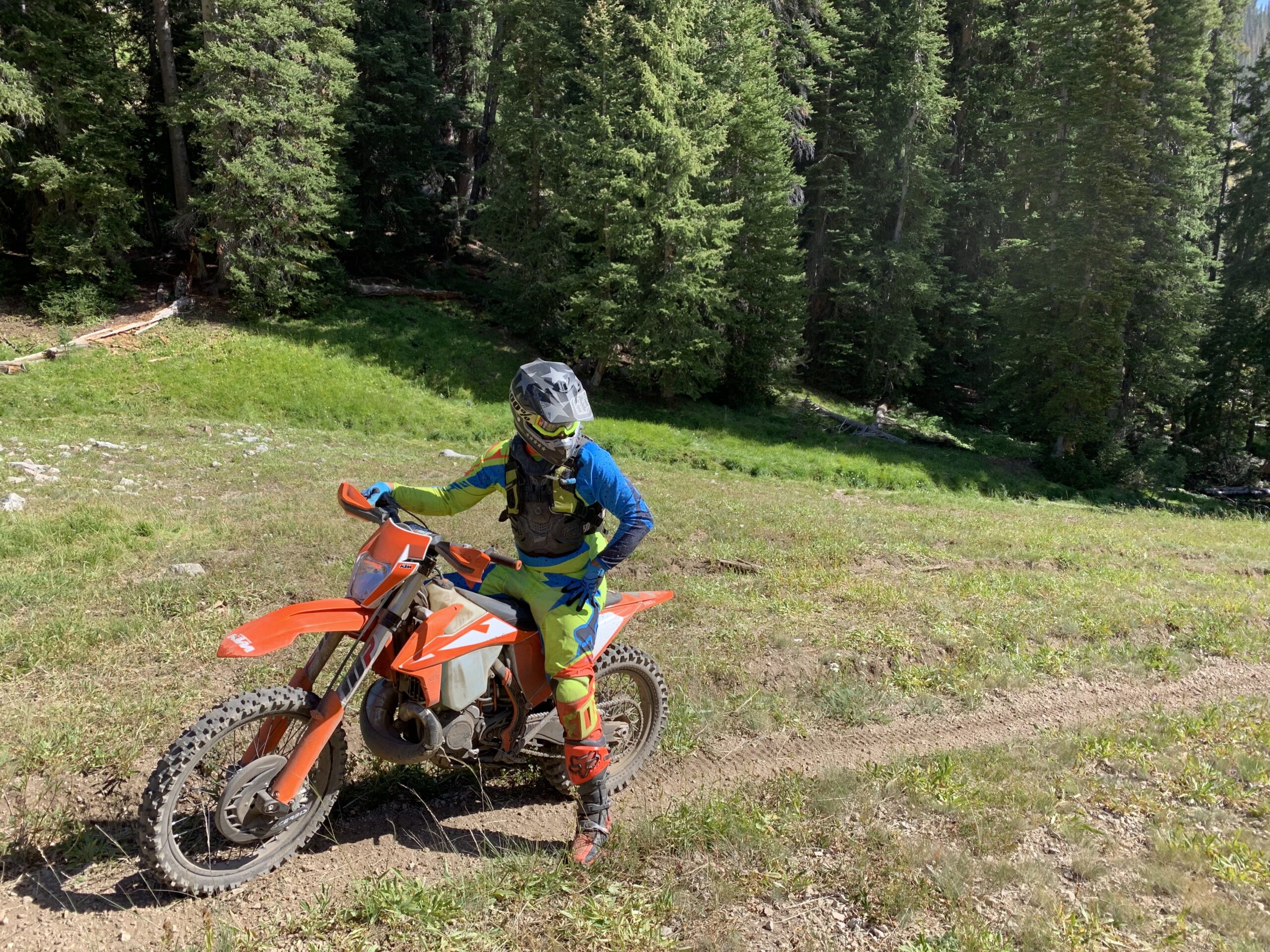
The tool you have access to.
Personally I would rent a Mini X as they are the most versatile of the bunch and can be hauled around with a standard truck and trailer. I have access to a backhoe, farm tractor, and a skid steer.
I would rent a Mini X and take the skid steer with me to build my own dirt bike track. I mean I would love a bulldozer but they are just too big and too expensive. You can rent a Mini X and skid steer a lot easier than all the other pieces of equipment.
Now…who wants to gift me 20 acres of prime dirt bike track land?
Cost of building a private Dirt Bike track
Having a private track in your backyard is your childhood dream come true but have you ever wondered how much that will cost? It also depends on the backyard but you must know that might be a bigger investment if you imagined it.
At the core of your budgeting should be the recognition that the scale of your track plays a pivotal role in determining the overall cost. For a basic, modest-sized track, expenses might start at around $10,000.
However, this is merely a starting point. As the acreage increases or as the design becomes more complex with advanced features like larger jumps, berms, whoops, and varied elevation changes, the costs can escalate significantly.
The terrain of your chosen location can either be a cost-saving advantage or a budgetary challenge. Flat, clear land requires less initial groundwork and can keep costs lower.
In contrast, rocky, uneven, or wooded areas may necessitate extensive landscaping, tree removal, and soil importation or modification, thereby inflating the expenses.
Moreover, the type of soil on your property can impact your costs. Ideal track soil, like loamy dirt, which balances sand, silt, and clay, may need to be brought in if the existing soil is unsuitable, adding to the project’s price tag.
The requirement for heavy machinery like bulldozers, excavators, or bobcats for grading and shaping the track also adds a substantial cost, especially if you need to rent the equipment or hire operators.
Conclusion
Planning to build the dirt bike track needs to have a planning process, that requires a planning budget, place, and type of track you want to have in your backyard.
The investment in building a dirt bike track extends beyond the initial financial outlay. While the costs can start at around $10,000, they can quickly escalate depending on the track’s complexity, size, and the terrain’s nature.
The financial considerations are manifold, encompassing land acquisition (if you don’t already own suitable land), professional design fees, construction costs, and the price of materials and machinery.
Renting or purchasing heavy machinery like bulldozers, excavators, and compactors is necessary to sculpt the land into a challenging yet safe track, adding a significant cost element.
Additionally, the track’s design, which can range from basic loops to intricate courses with jumps, berms, and whoops, directly influences the overall budget.
Beyond the build, the investment also includes ongoing maintenance to ensure the track remains safe, functional, and enjoyable.
This means regular grooming, repairing any damage, and possibly updating features to maintain or enhance the track’s appeal and challenge level. Such maintenance ensures longevity and sustainability, safeguarding your investment over time.
FAQ About Create your own dirt bike track
How many acres do you need to build a motocross track?
Generally, a basic motocross track can be constructed on as few as 5 acres, but more extensive facilities with longer tracks, varied terrain, and additional features might require 10 to 30 acres or more.
What is the best material for a dirt bike track?
The ideal material for a dirt bike track is a well-balanced mix of soil known as "loam," which consists of sand, silt, and clay. This mixture provides a durable surface that offers good traction and moisture retention without being overly susceptible to erosion or becoming too dusty or muddy.
Why do they water dirt bike tracks?
Watering dirt bike tracks is a crucial practice for several reasons. It helps to reduce dust, which can impair visibility and affect riders' respiratory health, as well as being a nuisance for nearby residents.
How many acres do I need for a dirt bike track for kids?
Generally, a smaller, simpler track for children can be constructed on as little as 1-2 acres of land. Such a size is adequate for a basic loop with a few gentle turns and small jumps, suitable for young or beginner riders.
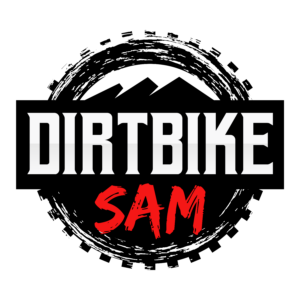
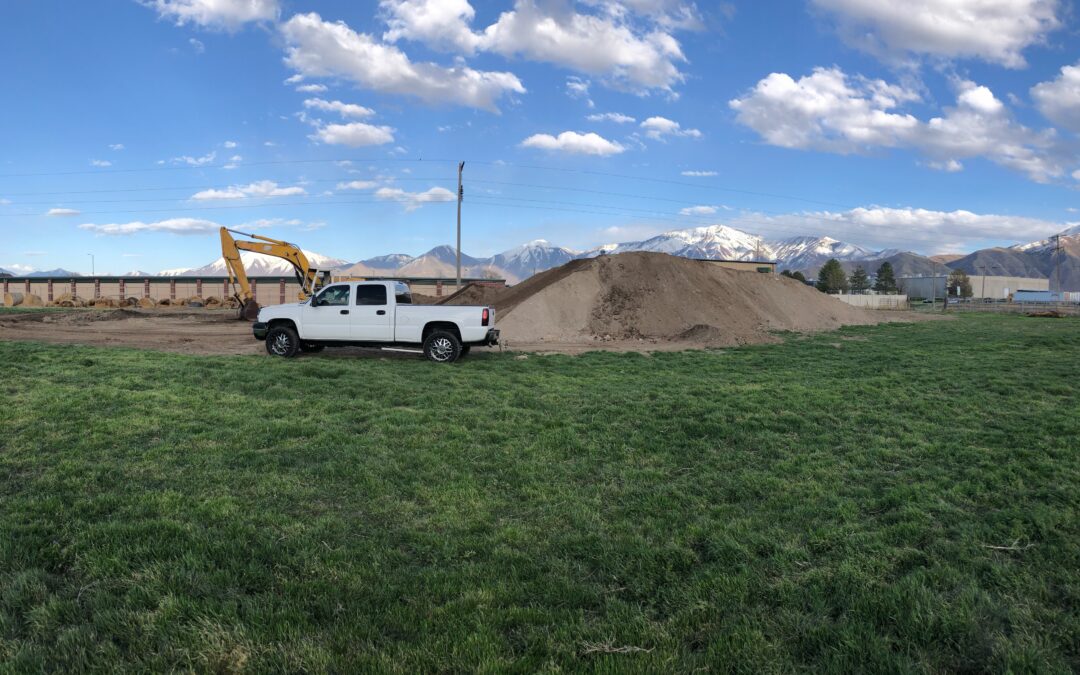



Have A Good Day